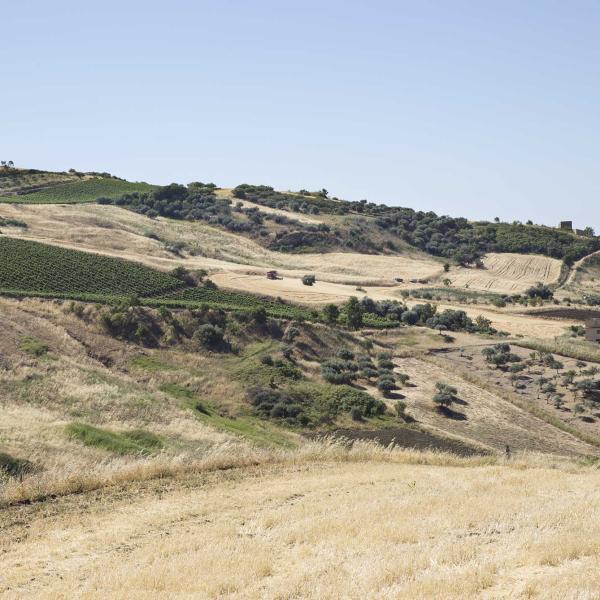It is the quintessential young wine, produced by our historic wine producer, the Strumendo farm, which resides in the area of Lison Pramaggiore, in Eastern Veneto, clay soils from which great wines are obtained!
Another valuable element is the vinification process, without added sulfites, an index of grape quality.
Here is the in-depth analysis on sulfites in wine from the Strumendo website:
Sulphites in wine, Regulations and Organic
Among the various constituent elements of grapes, there are some that serve to regulate the fermentation phase and then its conservation. Since ancient times, to prolong the preservation of wine and allow its distribution even over great distances, different techniques were used; such as adding it with resins, spices or herbs, which, however, distorted the original taste of the wine. In recent times (last 200 years) it has been discovered that sulfites naturally develop during fermentation, (max 10 mg lt) which have the function of protecting the fermentation itself from bacterial attacks and then, once incorporated into the wine, they help its preservation. Once this process was discovered, the next step was to increase (by adding them) the amount of sulfites in the must.
This has made it possible to obtain storable wines even from poor quality grapes. However, sulphites in high quantities are harmful to health, so the legislator has set a maximum limit on their quantity in wine: 160 mg/l on red wines and 210 mg/l on white wines. In commercial wine, these limits are not normally reached, but in any case, in almost all of them, well above 100 mg/lt, indeed, in wines with a low alcohol content and in economic packaging, the amount of sulfites reaches almost the maximum allowed.
Sulfites are also allowed to be added to organic wine, for the reasons set out above, even if the European organic regulation has rightly reduced the maximum amount allowed to 100 and 150 mg/lt respectively. These limits are actually still too high; but this is due to the resistance of the Germans and the French to set lower limits. In our organic wines, the average amount of sulfites is 40-50 mg/l in reds and 80 mg/l in whites.
It should be added that currently, despite all the technology available, wine without added sulfites cannot be produced with all grape varieties, in any case not on the entire volume of a certain variety, because it is necessary to select the best quality, and in some years it is still impossible.
A WINE WITHOUT ADDED SULPHITES IS THEREFORE THE MAXIMUM OF NATURALNESS AND HEALTHINESS YOU CAN HAVE.






